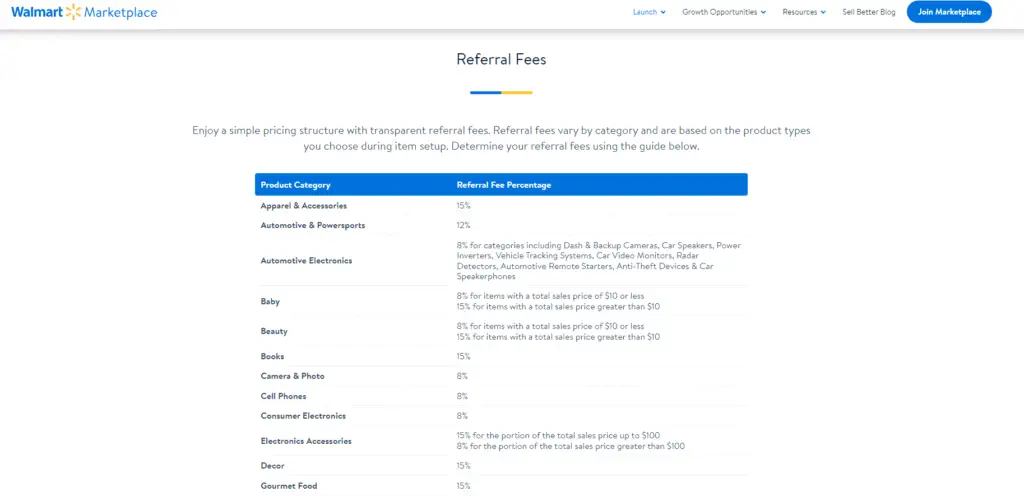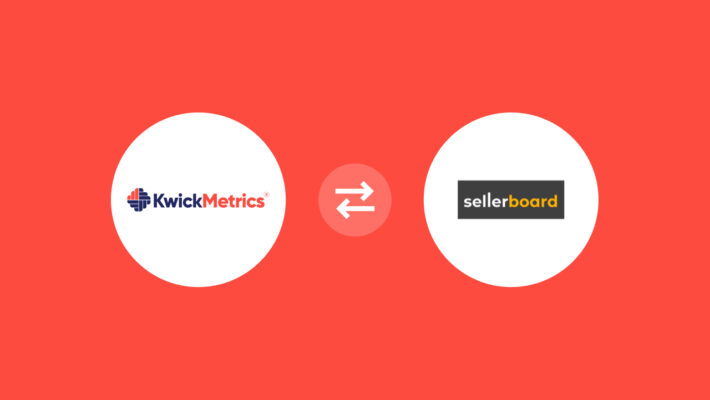Walmart Marketplace Fees, Policies and Strategic Success

Table of Contents
- Is Selling Used Products Permitted on Walmart Marketplace?
- Walmart Marketplace fees Structure
- Walmart Marketplace Payment System: How Sellers Get Paid
- How much does it cost to sell on Walmart marketplace?
- Managing Policies, Walmart Marketplace Fees, and Customer Relations
- Check How you much have been charged by Walmart under your current shipping Plan
- FAQs In relation to Walmart Marketplace Fees, Policies
- Conclusion
- Try Our KwickMetrics - One Tool with Multiple Solutions!
Embarking on a journey as a seller on Walmart Marketplace requires a deep understanding of the platform’s intricacies. From policies to Walmart marketplace fees and payment processes, every aspect plays a crucial role in your success. In this comprehensive guide, we’ll navigate through the nuances of Walmart Marketplace, offering insights and strategies to help you thrive in the competitive world of e-commerce.
Is Selling Used Products Permitted on Walmart Marketplace?
Walmart Marketplace is renowned for its commitment to offering customers new and unused products. Unlike some other online marketplaces, Walmart does not permit the sale of used or refurbished items. This policy underscores the platform’s dedication to providing customers with a selection of high-quality, brand-new products. Walmart Sellers, therefore, need to align their inventory with Walmart’s emphasis on newness and quality.
Walmart Marketplace fees Structure
Understanding the fee structure is paramount for any seller looking to make a mark on Walmart Marketplace. The fees can be categorized into three main components:
Referral Fees:

These fees, varying by category, are incurred on each sale and are crucial for determining your product pricing strategy. Knowing the referral fee percentage for your category is essential for accurate financial planning.
Walmart Fulfilment Services Fees:
For sellers utilizing WFS, fees are contingent on the size of the products. Beyond the product size, sellers must factor in shipping fees for sending inventory to WFS warehouses and potential storage fees if inventory turnover is not optimized. Walmart Sellers managing their own warehouses should calculate shipping costs based on their carrier pricing.
Walmart PPC Advertising Costs:
Walmart Marketplace allows sellers to engage in Walmart PPC (Pay Per Click) Advertising, a powerful tool to enhance product visibility. Sellers need to carefully manage their PPC budget, understanding that advertising costs will vary based on the chosen spending amount.
It’s imperative for sellers to keep an eye on return costs, as returns can impact overall profitability. Effectively managing these fees is key to sustaining a profitable business on Walmart Marketplace.
Key Takeaway:
Fee Structure Mastery: Understanding Walmart Marketplace fees, including referral fees, WFS fees, and PPC advertising costs, is crucial for sellers. Effective fee management is vital for sustaining profitability and scaling operations on this e-commerce platform.
Walmart Marketplace Payment System: How Sellers Get Paid
Walmart Marketplace follows a biweekly payment schedule, with funds transferred directly to the seller’s specified bank account. However, this is not a straightforward process, as the total amount is subject to deductions. After each sale, sellers must account for Walmart PPC charges, referral fees, refunds, and shipping fees before arriving at the final payment figure. This transparent payment process enables sellers to accurately track and manage their earnings.
How much does it cost to sell on Walmart marketplace?
Walmart Marketplace adopts a unique fee structure compared to other e-commerce platforms. There are no monthly fees associated with being a Walmart seller on Walmart Marketplace. Instead, sellers incur fees after the first sale. These fees encompass referral fees based on product categories, WFS fees for fulfilment services, and any Walmart PPC Advertising costs.
This fee model offers flexibility for sellers, allowing them to align their expenses with actual sales performance. Sellers can scale their operations without the burden of fixed monthly costs, making Walmart Marketplace an attractive platform for businesses of all sizes.
Managing Policies, Walmart Marketplace Fees, and Customer Relations
Beyond understanding policies, fees, and payment processes, successful sellers on Walmart Marketplace implement strategic approaches to stand out in a crowded marketplace:
a. Optimizing Product Listings: Invest time in creating compelling product listings with clear and engaging content. High-quality images, detailed product descriptions, and accurate specifications contribute to a positive customer experience.
b. Strategic Pricing: Determine competitive yet profitable pricing strategies by factoring in referral fees and other associated costs. Regularly evaluate and adjust pricing based on market trends and competitor analysis.
c. Efficient Inventory Management: For sellers using WFS, efficient inventory management is crucial to minimize storage fees. Regularly assess sales trends and adjust inventory levels accordingly to maintain a healthy turnover rate.
d. Customer Service Excellence: Prioritize customer service to build trust and credibility. Timely responses to customer inquiries and efficient handling of returns contribute to positive reviews and repeat business.
e. Harnessing Data Analytics: Leverage data analytics tools provided by Walmart Marketplace to gain insights into customer behavior, sales trends, and advertising performance. Informed decisions based on data can drive your business forward.
Check How you much have been charged by Walmart under your current shipping Plan
FAQs In relation to Walmart Marketplace Fees, Policies
Can I sell used or refurbished items on Walmart Marketplace?
No, Walmart Marketplace is dedicated to offering customers new and unused products, and the sale of used or refurbished items is not permitted.
How does the fee structure work on Walmart Marketplace?
The fee structure includes referral fees, WFS fees for fulfillment services, and Walmart PPC advertising costs. Sellers should understand these components for accurate financial planning.
What is the payment schedule on Walmart Marketplace?
Walmart Marketplace follows a biweekly payment schedule. Sellers receive funds directly in their specified bank accounts, but the total amount is subject to deductions, including Walmart PPC charges, referral fees, refunds, and shipping fees.
Is there a monthly fee for being a Walmart seller on Walmart Marketplace?
No, there are no monthly fees associated with being a Walmart seller. Sellers incur fees after the first sale, including referral fees, WFS fees, and any Walmart PPC Advertising costs.
Conclusion
Walmart Marketplace presents a wealth of opportunities for sellers willing to navigate its Walmart marketplace fees, policies and payment processes with strategic acumen. By adhering to the platform’s guidelines, understanding the financial landscape, and implementing proven strategies for success, you can position your business for growth and sustainability in the dynamic world of e-commerce. Remember, the key to mastering Walmart Marketplace lies not only in compliance but in the strategic execution of your business plan.



